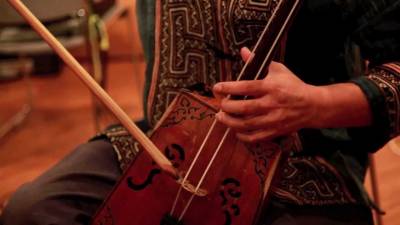5:14 PM Mongolian cultures | |
|
Youthful Mongolian young ladies twist their bodies in ways that will resist nature. Flexibility has been a custom in Mongolia for a few hundreds years. Mongolian distortion people gymnastic performer is generally viewed as a greater amount of a craftsmanship than an aerobatic deed. Understudies of bending regularly start preparing as ahead of schedule as age five to set up their joints and ligaments to withstand the thorough physical requests of performing, coming to a crest execution age in the late youngsters to mid-twenties. Most understudies will ponder for four to five years prior to they are viewed as an expert flexible performer. Morin khuur morin-huurPerhaps the most old musical instrument of the Mongols is the "morin khuur", concocted no less than a thousand years back. In Mongolian, morin means stallion, and khuur means sound, rhyme, and tune. This present instrument's history is in view of a legend of a man, who had a cherished, mystical stallion that could fly. At the point when a malicious man executed the stallion, the man made a musical instrument so that he could recollect the steed. Initially, the handle of the steed head fiddle was made of stallion ribs and its base is made of stallion skin. Today, the long tail hair of a steed is utilized for the strings. It is said every tail hair fiber ought to be prepared until it "begins talking". To respect the steed, its head is cut of wood and set where the parchment would be on a violin. The wooden neck and the sound box of the instrument are regularly brightened by the five components and the horoscope creatures of the Buddhist 12-year timetable. At long last, the image of endlessness is portrayed on the sides of the crate. The tone of the morin khuur is delicate and delightful. Migrant way of life mongolian-migrant lifestyleNomadic families take after a regular standard, moving their crowds to new brushing area in light of the season of year, as opposed to one of capricious meandering. Truly, every group had different picked brushing grounds that were utilized only by the same tribe a seemingly endless amount of time. This custom carries on today and families come back to the same areas in the meantime every year, for instance, going toward the end of every winter from a particular protected valley to a specific region on the high level of the Steppes. Day by day obligations are partitioned equitably among relatives and nobody individual's work is viewed as more vital than another's. Customarily, men deal with the stallions and the crowds and make seats, outfits, and weapons. Furthermore, they chase to supplement the conventional eating routine of dairy items. Ladies' obligations incorporate cooking, dealing with the youngsters, and making dress (the conventional Mongolian ensemble is the lower leg length silk deel). Ladies additionally drain dairy animals, goats, and female horses (the national beverage is airag–fermented horse's milk). Regardless of their endeavor, notwithstanding, Mongolians are not independent. Since antiquated times, they have exchanged with encompassing developments for grain, rice, tea, silk, cotton, and, most importantly, metals for their weapon | |
|
| |
| Total comments: 0 | |

